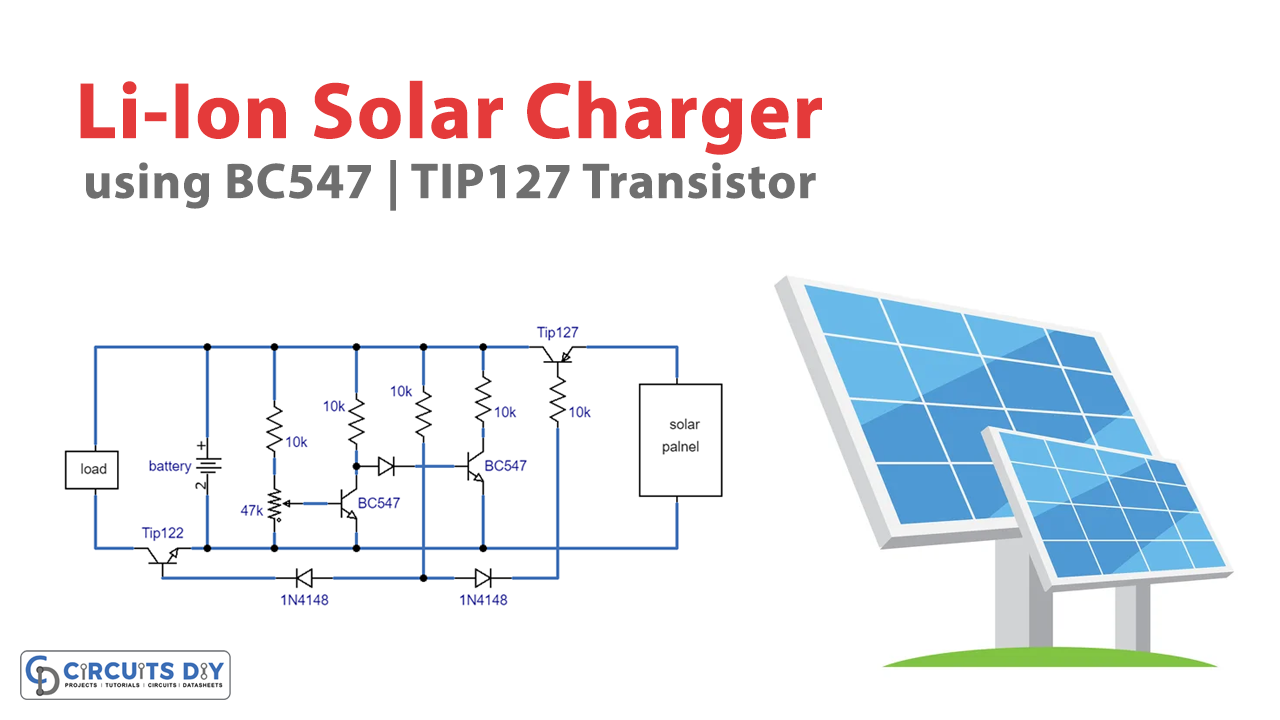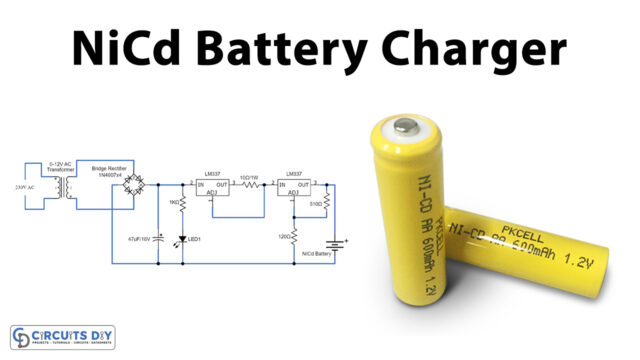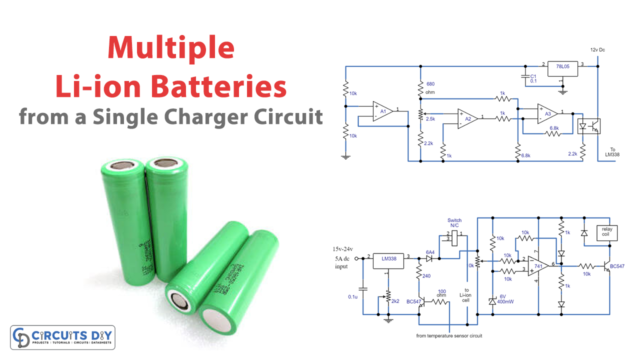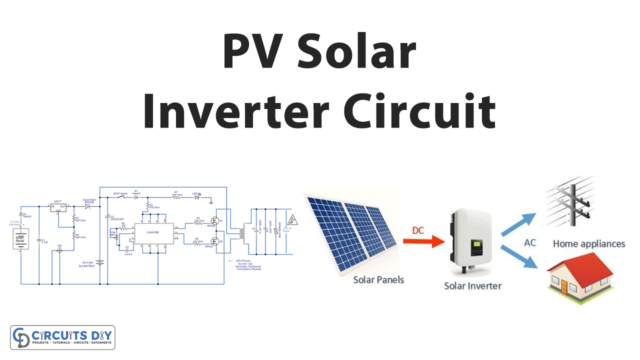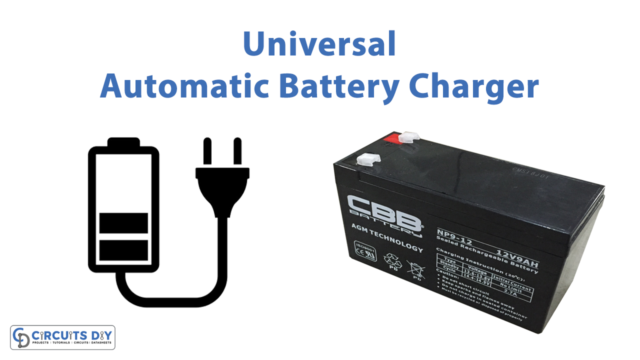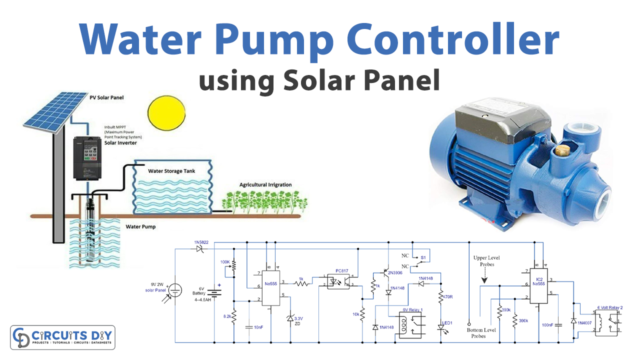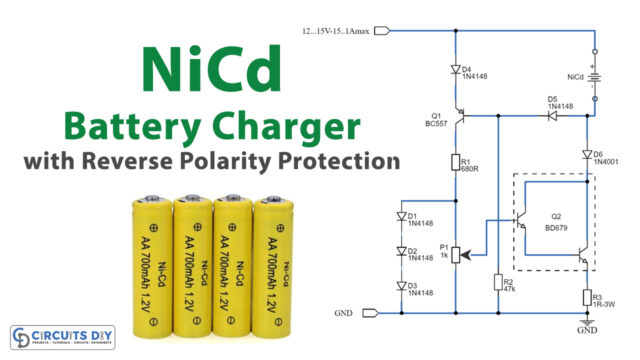Introduction
In today’s world, renewable energy sources have become necessary due to the increasing demand for power and the limited availability of non-renewable energy sources. Solar energy is one of the most promising and abundant renewable energy sources available to us. Li-Ion solar charger circuits are an essential component in the utilization of solar energy for powering electronic devices.
In this article, we will guide you through the process of making your very own Li-Ion solar charger circuit. So, let’s just dive in!
Hardware Required
| S no | Components | Value | Qty |
|---|---|---|---|
| 1 | Transistor | TIP127 | 1 |
| 2 | Transistor | BC547 | 2 |
| 3 | Resistor | 10k | 5 |
| 4 | Diode | 1N4148 | 2 |
| 5 | Mic | – | 1 |
| 6 | V. Resistor | 47k | 1 |
| 7 | Battery | – | 1 |
Circuit Diagram
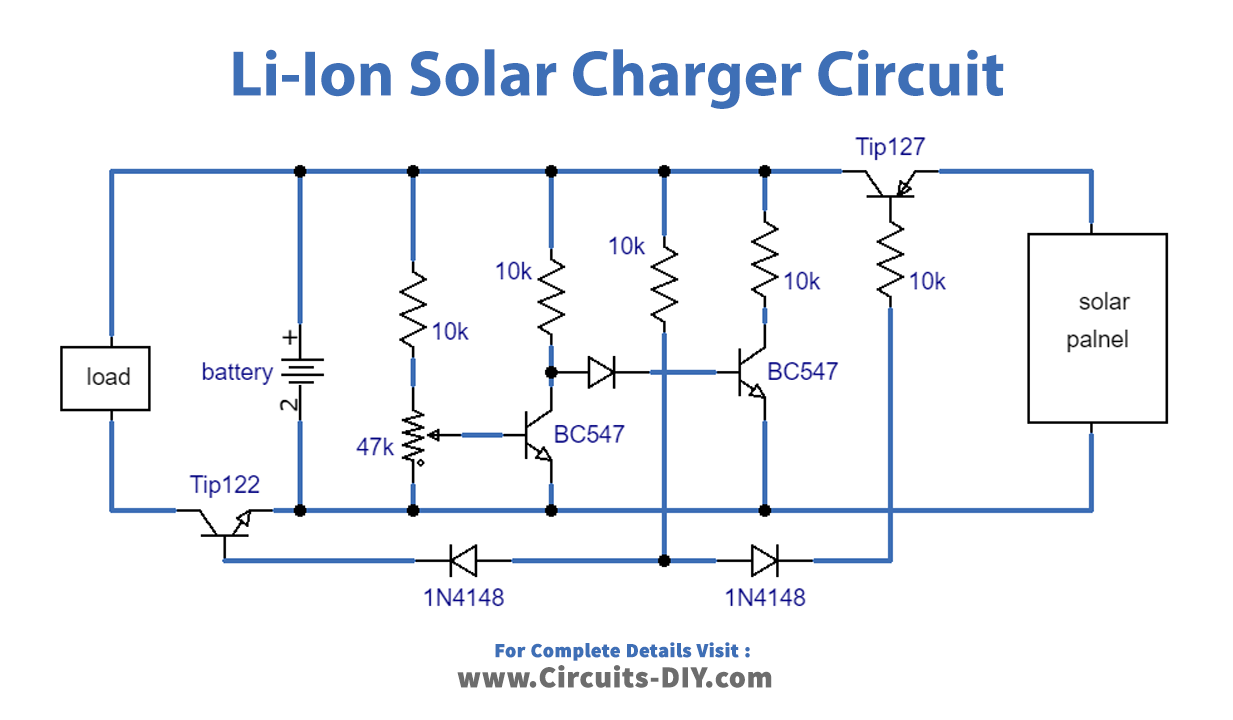
How the Circuit Works
We can achieve the overcharge and under-level automatic cut-off in the simple solar charger circuit using a group of BJTs as comparators. Similar to the low battery indicator circuit that used only a couple of transistors and passive components to depict the lower battery level, we use the same design for detecting battery levels and ensuring the proper switching between the battery, solar panel, and load.
Let’s assume we have a partially discharged battery that causes the first BC547 on the left to conduct (adjusted by the base preset), allowing the subsequent BC547 to work. Once this BC547 is activated, it allows TIP127 to turn ON, enabling the solar panel voltage to reach the battery.
Assuming we have an insufficiently charged battery, it causes the first BC547 to conduct from left to right (preset to this limit through base adjustment) and enables the next BC547 to operate. Once this occurs, the TIP127 is activated, allowing the solar panel voltage to reach the battery and start charging. This scenario simultaneously deactivates the TIP122, preventing any load operation.
As the battery receives an initial charge, the voltage along the supply path increases until the left BC547 reaches the point where it can operate, causing the right BC547 to cease functioning. At this moment, the TIP127 is no longer receiving negative base signals and slowly ceases conducting, resulting in the battery gradually disconnecting from the solar panel voltage.
Benefits of Li-Ion Solar Charger Circuit
The Li-ion Battery solar charger circuit using transistors and equipped with auto cut-offs is highly effective in fulfilling the requirements of various low-range solar controller applications such as charging Li-ion batteries for cellphones and other devices.
Final Thoughts
This article has provided a comprehensive guide on making a Li-Ion solar charger circuit. By building your own Li-Ion solar charger circuit, you reduce your carbon footprint and save money on your energy bills. Remember, solar energy is an abundant and renewable energy source, and by harnessing it, we can create a sustainable future for ourselves and future generations. We encourage you to experiment and modify the design to suit your needs and requirements. Happy building!

